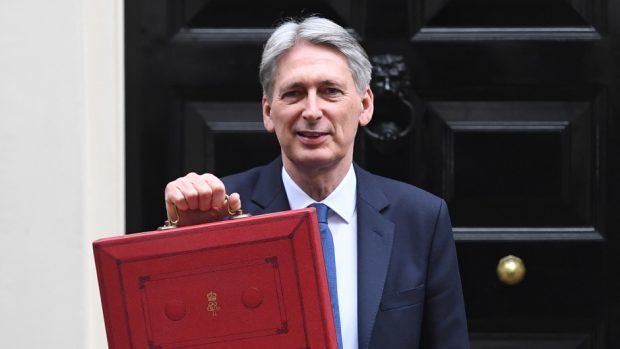We were told to expect a low key affair – and the Budget certainly lived up to its billing.
The chancellor looked confident at the Despatch Box and cracked jokes with regularity.
Some were even funny – like his claim the Labour party knows “something about” driverless vehicles.
He also got a laugh when he mocked Jeremy Corbyn for being “so far down a black hole that even Stephen Hawking has disowned him”.
And he provoked a mixture of cheers and jeers from the Tory benches when he gestured to the SNP after unveiling £350million additional funding for the Scottish Government.
But he had precious little of substance to announce and avoided any major changes in course.
His speech was short and the red book summarising the government’s plans thinner than normal.
In fact – at 64 pages – it is about half as thick as last March’s, although in his defence it is a two-for-the-price-of-one year with the Budget moving to the autumn.
Amid the predictable caution, however, a couple of striking moments of recklessness stood out.
Firstly, his plan to reform national insurance – which will increase the amount many self-employed have to make in contributions.
Unsurprisingly, this was met with near total silence by Conservative backbenchers.
Not only was Philip Hammond immediately accused of breaking a manifesto pledge not to raise them, the measure was also branded a “scandalous attack on aspiration”.
The Treasury insisted it was a question of “fairness” and that all self-employed people earning less than £16,250 would still benefit from a reduction in their total bill.
But the policy will surely hit the very business people many Conservatives feel should be encouraged rather than penalised.
The second notable moment – a large cut to the tax-free dividend allowance – was described as a “hammer blow” to Britain’s business owners.
One London accountant said the measure – coupled with the changes to national insurance – could hardly be reconciled with the government’s stated support for entrepreneurs and innovators.
While the Tories are riding high in the face of a flailing Labour opposition, this package seems unbelievably and unnecessarily self-defeating.
